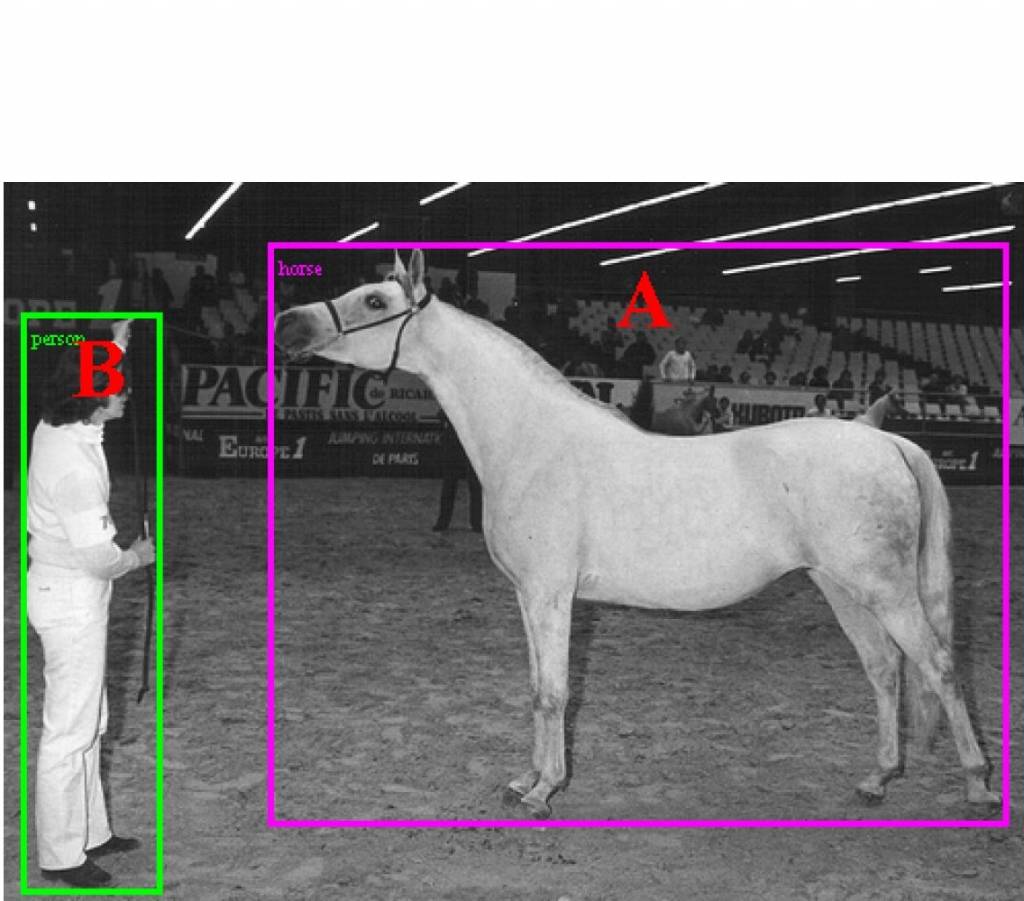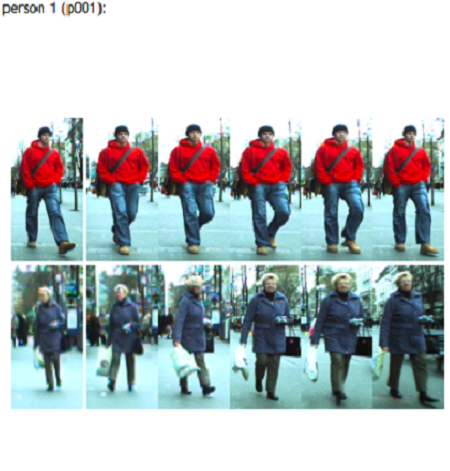Sorry, this entry is only available in Brazilian Portuguese. For the sake of viewer convenience, the content is shown below in the alternative language. You may click the link to…
This dataset, called Sense-ALPR Database, was created to help researchers evaluating automatic license plate recognition problems. The data for the paper Real-time Automatic License Plate Recognition Through Deep Multi-Task Networks were captured during the day using two cameras: one placed static while recording vehicles that were passing by and another placed within a vehicle that moved accross the city.
The experimental results for the paper Assigning Relative Importance to Scene Elements in SIBGRAPI’2017 were obtained using two datasets: VIP dataset and UIUC Pascal Sentence. Both datasets are associated to importance assignment researches and present a wide range of images containing multiple objects per image.
This dataset, called Sense SegPlate Database, aims at evaluating the License Plate Character Segmentation (LPCS) problem. The experimental results for the paper Benchmark for License Plate Character Segmentation were obtained using a dataset providing 101 on-track vehicles captured during the day. The video was recorded using a static camera in the early 2015.
The experimental results for the paper Learning Discriminative Appearance-Based Models Using Partial Least Squares in SIBGRAPI’2009 were obtained using the ETHZ dataset, which provides a large number of different people captured in uncontrolled conditions. The video sequences are captured from moving cameras, which provides a range of variations in people’s appearances.
Datasets
Sorry, this entry is only available in Brazilian Portuguese. For the sake of viewer convenience, the content is shown below in the alternative language. You may click the link to…
This dataset, called Sense-ALPR Database, was created to help researchers evaluating automatic license plate recognition problems. The data for the paper Real-time Automatic License Plate Recognition Through Deep Multi-Task Networks were captured during the day using two cameras: one placed static while recording vehicles that were passing by and another placed within a vehicle that moved accross the city.
The experimental results for the paper Assigning Relative Importance to Scene Elements in SIBGRAPI’2017 were obtained using two datasets: VIP dataset and UIUC Pascal Sentence. Both datasets are associated to importance assignment researches and present a wide range of images containing multiple objects per image.
This dataset, called Sense SegPlate Database, aims at evaluating the License Plate Character Segmentation (LPCS) problem. The experimental results for the paper Benchmark for License Plate Character Segmentation were obtained using a dataset providing 101 on-track vehicles captured during the day. The video was recorded using a static camera in the early 2015.
The experimental results for the paper Learning Discriminative Appearance-Based Models Using Partial Least Squares in SIBGRAPI’2009 were obtained using the ETHZ dataset, which provides a large number of different people captured in uncontrolled conditions. The video sequences are captured from moving cameras, which provides a range of variations in people’s appearances.





